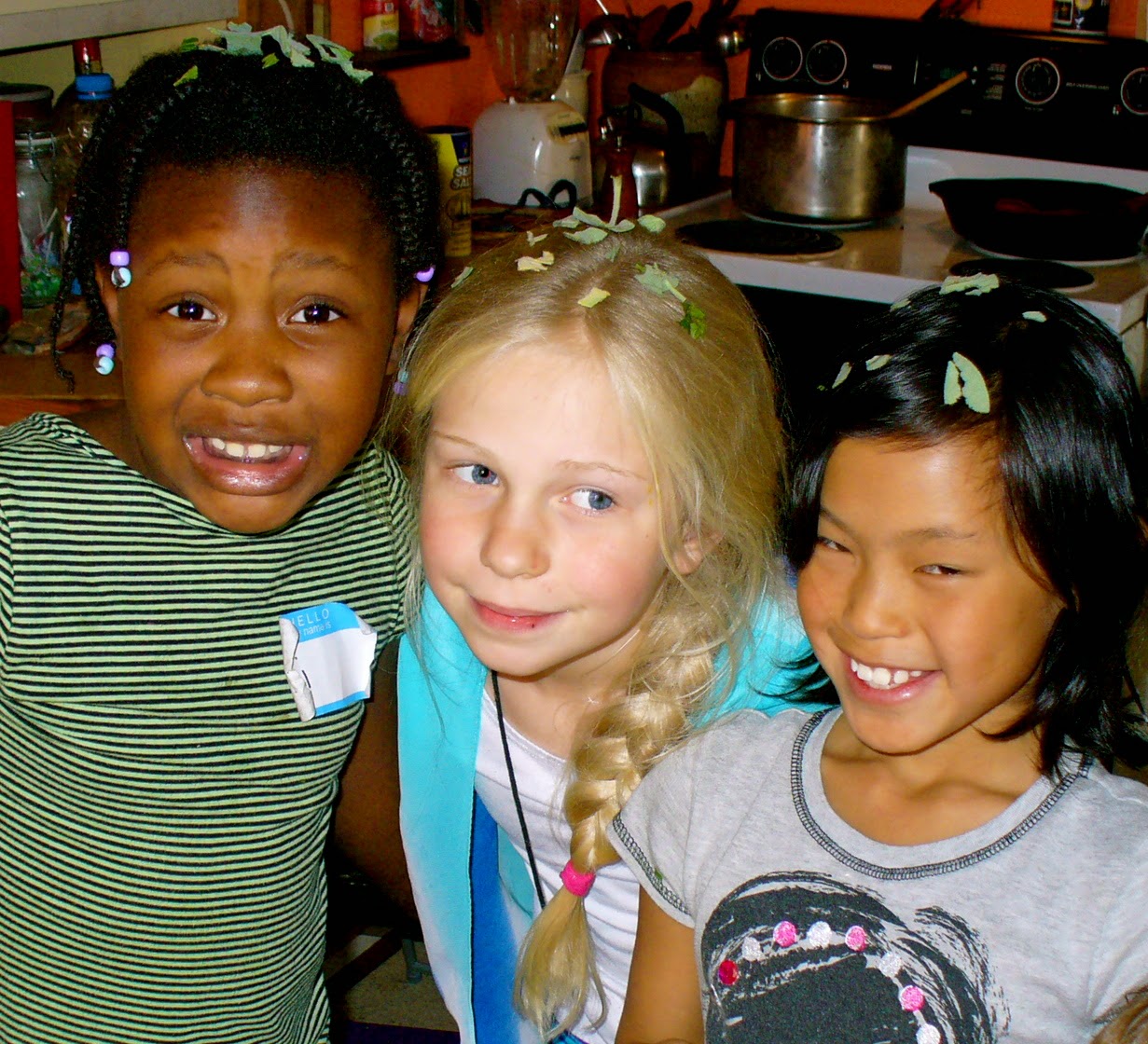Halloween is the modern
name of the Irish and Scottish holiday originally called Samhain (pronounced Sow-win);
Samhain is the Celtic-Gaelic word meaning “summers-end”. It begins at dusk on October 31, and marks the doorway to the
dark half of the Celtic year, the opening of a new cycle. The early Gaels believed that the border
between this world and the otherworld became thin on Samhain, and so spirits of
the dead could visit the living. People dressed in costumes and masks to scare
off any spirits that were bad.
Agenda:
1.
Journal:
Reflect
on the themes of Halloween. Take stock of my life, my past year, and
myself.
What
one problem pattern of behavior, thinking, feeling, or being do I want to
change? Choose a word or phrase that names this pattern and write it on a piece
of paper.
 Celts
carved the images of spirit-guardians onto turnips and set these jack
o'lanterns before their doors to keep out the unwelcome visitors from the otherworld.
Celts
carved the images of spirit-guardians onto turnips and set these jack
o'lanterns before their doors to keep out the unwelcome visitors from the otherworld.Kids love to dunk for apples (and so do I)! Why don't more people try this? Be prepared with towels and dry clothes because there is no way to stay dry.
This game may have originated in Ireland and Scotland, and it was probably a fortune telling game.
4. Make Soul Cakes:
 It
was also a custom in Britain and Ireland for people to go ‘a-souling’ on
Samhain- go door to door, singing and saying prayers for the dead; this is the
origin of trick-or-treating! These people were called Soulers, and people gave
them Soul Cakes. Each cake eaten represented a soul freed from suffering. The recipe is here.
It
was also a custom in Britain and Ireland for people to go ‘a-souling’ on
Samhain- go door to door, singing and saying prayers for the dead; this is the
origin of trick-or-treating! These people were called Soulers, and people gave
them Soul Cakes. Each cake eaten represented a soul freed from suffering. The recipe is here.














